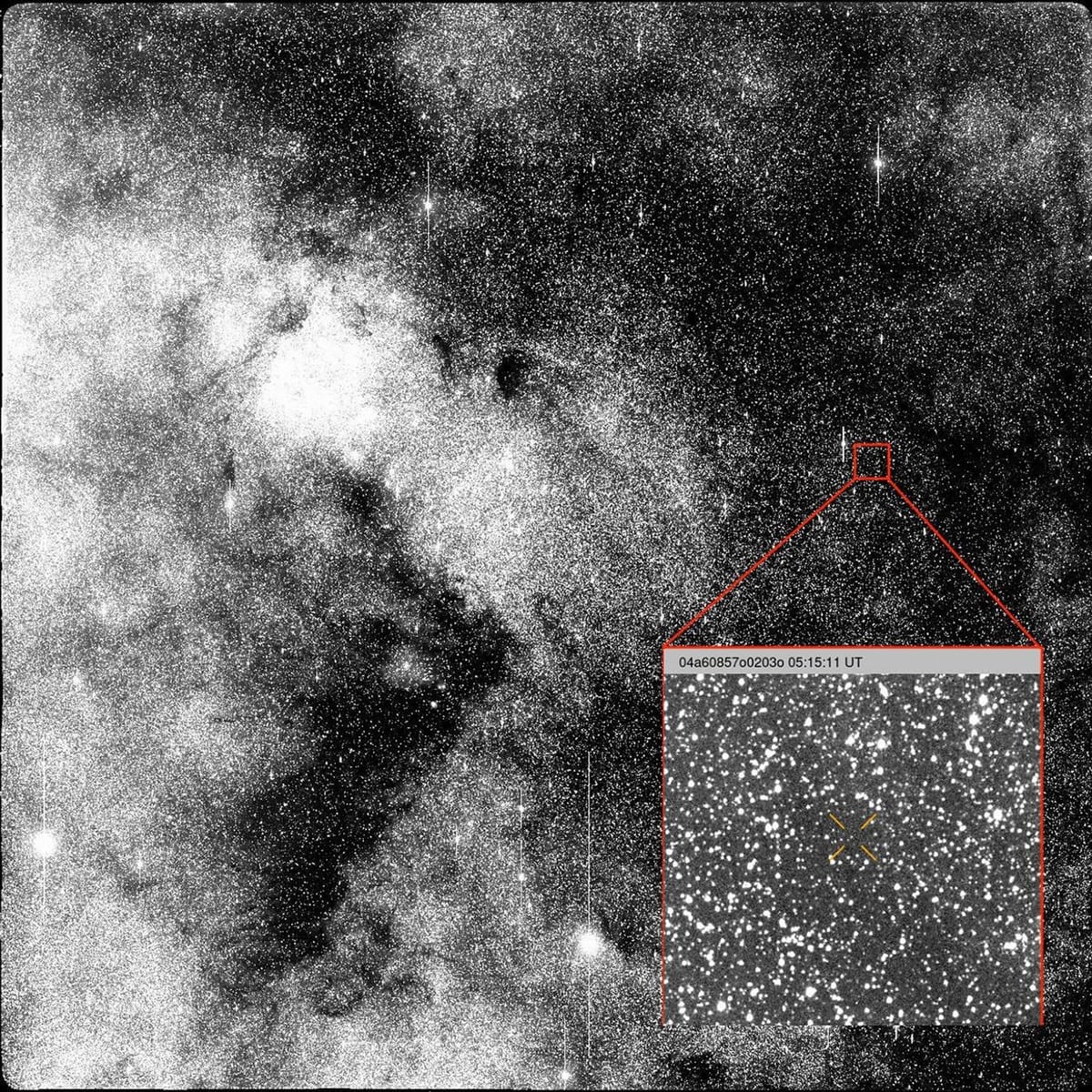Atlas

Quick Take: Two different “ATLAS comets” are trending. One is C/2024 G3 (ATLAS), a sun-skirting comet that peaked in early 2025 and put on a show for the Southern Hemisphere. The other is 3I/ATLAS, only the third confirmed interstellar object. Viral posts call it an alien craft, but NASA and ESA classify it as a comet on a safe, fly-through path. Closest to the Sun: about 1.4 AU on Oct 30, 2025. Closest to Earth: about 1.8 AU. No risk. Lots to learn
What actually happened
- Discovery and status: 3I/ATLAS was discovered in mid 2025 and confirmed interstellar based on its hyperbolic orbit. That means it came from outside our solar system and will not stick around. NASA’s current page lists the safe distances and timeline. NASA Science
- Mars flyby campaign: ESA’s ExoMars Trace Gas Orbiter and Mars Express observed 3I/ATLAS as it swept past Mars in early October, collecting images and spectra for composition studies. European Space Agency
- Why the “alien ship” rumor blew up: A wave of posts misread headlines and telescope shots. Newsrooms and agencies have explicitly corrected that it is a comet, not a craft, and it is not heading for Earth. Northeastern Global News+1
- The other ATLAS comet: C/2024 G3 (ATLAS) is unrelated. It reached perihelion in January 2025 and was a Southern-sky favorite, with visibility guides and images from that period. Time and Date
What we know vs what we do not
We know
- 3I/ATLAS is interstellar and cometary. Speed and orbit match a long, unbound trajectory. Safe distances are well above Mars and Earth. NASA Science
- Spacecraft at Mars successfully imaged it, confirming a diffuse coma like a normal comet. European Space Agency
We do not know
- Exact composition and grain sizes. Teams will refine this with color, spectra, and gas measurements as it brightens through perihelion. Origin within the Galaxy is still being modeled. Live Science
Why this matters
- Rare visitors: 3I/ATLAS is only the third interstellar object ever confirmed, after 1I/‘Oumuamua and 2I/Borisov. Every pass teaches us how other star systems build comets. NASA Science
- A clean test for ideas: With multiple spacecraft watching, we get better constraints on dust, gas, and activity than we had for ‘Oumuamua. That helps evaluate technosignature claims with real data instead of vibes. European Space Agency
What if it were a craft
If any interstellar object showed engineered narrowband radio, geometric light curves, or thrust that cannot be explained by jets, it would stand out. So far 3I/ATLAS behaves like a comet. No anomalous maneuvers or artificial signals have been reported by the professional networks tracking it. NASA Science
How to watch
- 3I/ATLAS: Best tracked by observatories before and after its Oct 30 perihelion. It remains faint for casual viewers, but agencies will release processed imagery. NASA Science
- C/2024 G3 (ATLAS): Was the bright naked-eye comet of early 2025 in the south. Current visibility has faded, but there are excellent galleries and guides for context. Time and Date
Receipts
- NASA overview with distances, dates, and FAQ for 3I/ATLAS. NASA Science
- ESA note on ExoMars and Mars Express observing 3I/ATLAS near Mars. European Space Agency
- Northeastern University explainer debunking the “alien ship” framing. Northeastern Global News
- Al Jazeera fact check on viral rumor and ESA safety confirmation. Al Jazeera
- timeanddate guide and SOHO imagery for C/2024 G3 (ATLAS) during its 2025 peak. Time and Date
- LiveScience on modeling the deep-galaxy origin of 3I/ATLAS. Live Science



Comments ()